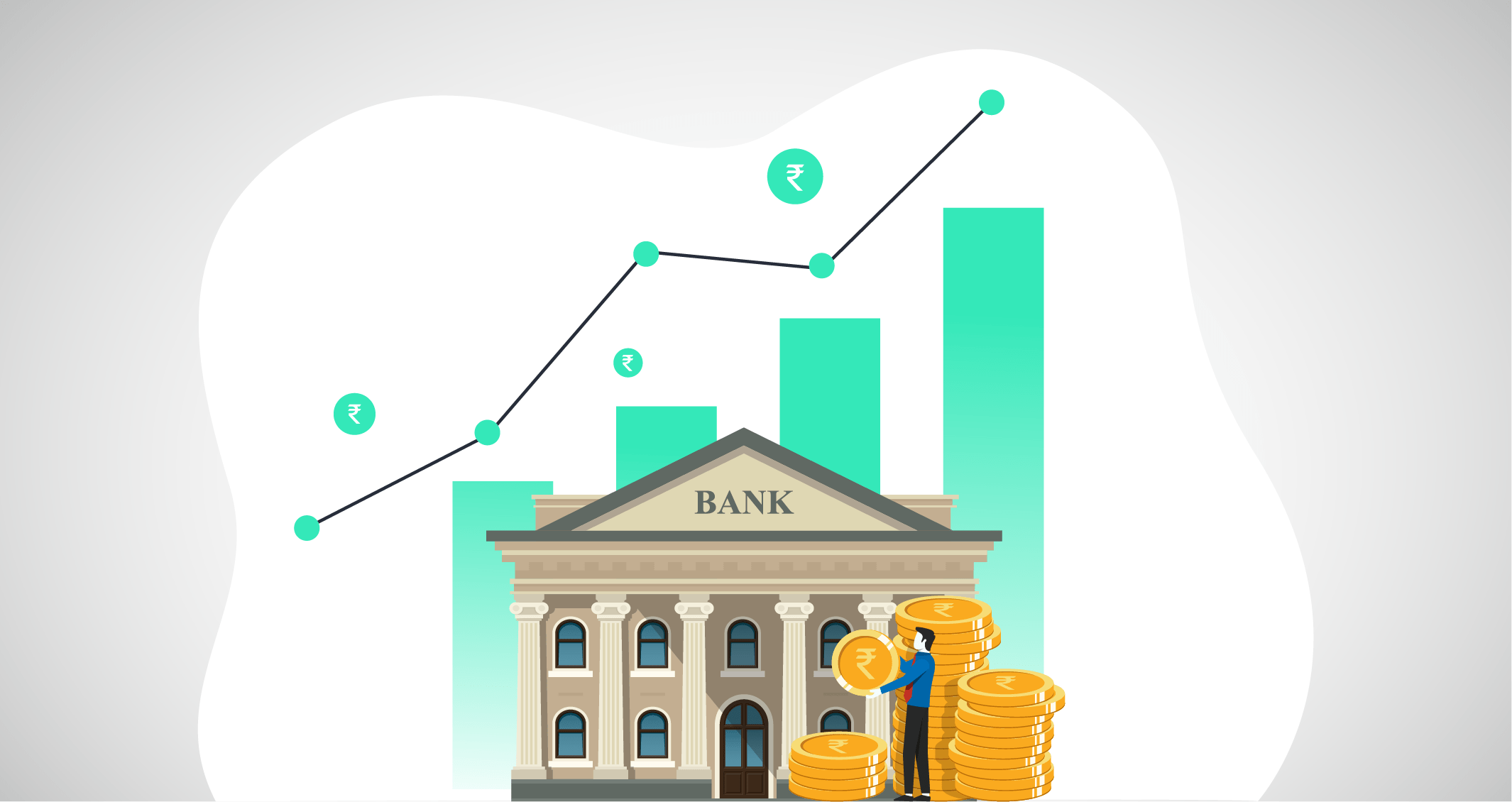The Evolution of Banking in India

Over the years, there has been a gradual increase in financial awareness among Indian citizens. People have begun scoping out investment opportunities through both, traditional instruments like Bonds, Fixed Deposits and Mutual funds, and newer means like crypto. However, while you’re busy updating yourself with what’s new in the fiscal world, what about its rich history?
To date, before independence, India has made several leaps of progress in terms of its banking systems. History and civics textbooks recount the creation of the Indian democratic constitution, along with our fundamental rights and the numerous provisions. Nonetheless, you probably never got the chance to learn about the evolution of banking in India.
Breeze Through Indian Banking History
Before 1947: Where It All Began
During the pre-independence era, India already had a fair amount of banks present, with this period establishing over 600 banks. The first bank to be erected was the Bank of Hindustan (1770-1832), and the Oudh Commercial Bank (1881-1958) was the first commercial bank set up in India. Though, between 1913-1948, there was a decline in the growth of banks.
Several banks underwent sporadic failures, eventually forcing the government to take action. The Banking Regulation Act, 1949, was introduced by the government to oversee the operations of these banks and to prevent collapses in the financial sector.
Post-1947: The Wave of Nationalisation
With the implementation of the Banking Regulation Act, the government of India began nationalising banks, including the Reserve Bank of India in 1949. Before the Act, all major banks were privately held, giving the privileged families who own them, an undue advantage. Additionally, this encouraged people in rural areas to start approaching banks and deterred them from engaging with moneylenders.
Here’s a brief overview of the impact of nationalisation:
- It empowered small-scale industries by funding them through the Small Industries Development Bank of India (SIDBI).
- The surge in consumers in the banking sphere led to an increase in funds, which contributed to the improving economic conditions of the country.
- The National Bank for Agricultural and Rural Development (NABARD) founded in 1982, promoted agricultural activities and boosted the rural sector.
- Ongoing nationalisation of banks provided more people access to financial services and advertised savings among its customers.
- With the growing number of banks in the country, more employment opportunities opened up.
From 1991- Present: The Modern Era
After the 1990s, the Indian banking systems have been steadily progressing with the government promoting foreign investment. This introduced foreign banks and private investors into the Indian economy, leading to innovative inventions like ATMs and e-banking, among others. Though, the most notable development in this period has been the introduction of private sector banks.
Around the time the government formed the Narasimham Committee in 1991 to stabilise nationalised banks, they also approved of private banks. Eventually, the RBI and government of India began to treat private and public sector banks equally. Over time, payment banks were also established.
Today there are 4 different types of banks available in India –
- Commercial Banks: They follow the laws under the Banking Regulations Act, 1949, and accept deposits and sanction loans to the public.
- Small Finance Banks: These banks provide financial inclusion and cater to the needs of micro-scale industries, small business units, small and marginal farmers, etc.
- Cooperative Banks: Classified into state cooperative banks and urban cooperative banks, they’re managed by a committee that acts as both, its owner and customer base.
- Payment Banks: It’s like a regular bank but operates on a smaller scale. Additionally, it cannot sanction loans or issue credit cards.
With your foundation of the financial history of India bolstered, it’s time you divulge deeper into the complex and intriguing world of finance!
